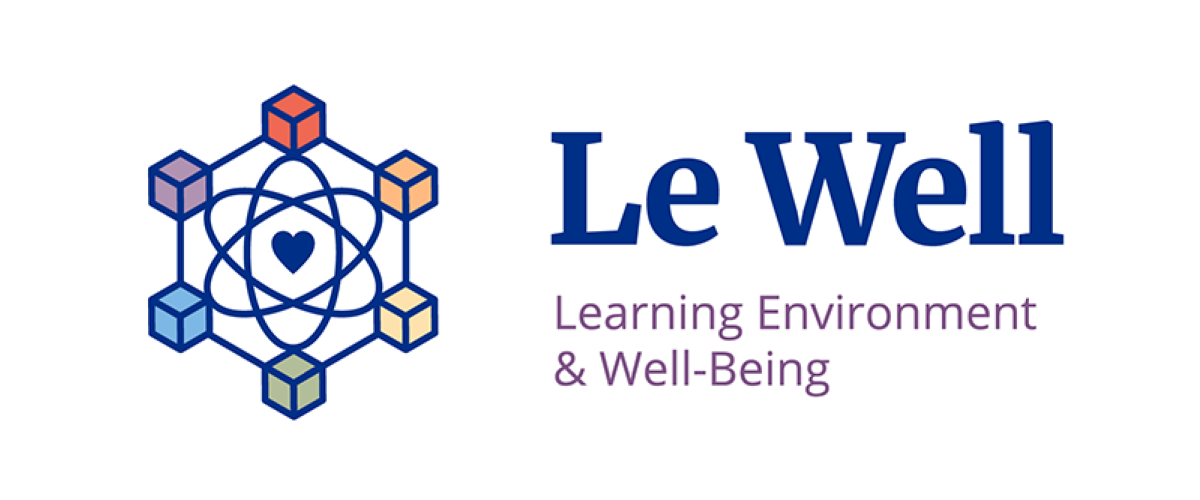
Duke University School of Medicine (SOM) is committed to continuous process improvement and collaboration with a goal of creating and maintaining a positive, patient-centered clinical learning environment that is respectful, appropriately attentive to learners’ needs and free from mistreatment. Important elements of a strong community and a positive clinical learning environment include connection, communication, accountability, with recognition that intent is not always the same as impact.
The Committee on the Appropriate Treatment of Learners (CATL), chaired by the Associate Dean for Learning Environment and Well-Being, meets monthly to discuss and implement strategies to improve the learning environment. CATL membership includes representative students, faculty and/or staff from DPT, MBS, MD, PA, Pathologists Assistant and the OTD program as well as the Associate Dean for Graduate Medical Education, Duke University Hospital’s Chief Medical Officer, and the Health System Chief Nursing Executive.
CATL aims to provide a confidential, psychologically safe space for thoughtful consideration of what “lies beneath” concerning behaviors, rather than automatically and solely assuming ill intent or sanctioning the individual. Recognizing there is a certain threshold for reporting, CATL procedures also recognize that sub-reportable behaviors also have the potential to negatively affect the clinical learning environment and are also worthy of discussion and for consideration of possible intervention. CATL members endeavor to consider multiple, diverse viewpoints and possibilities, recognizing the importance of accountability for our own behavior and adopting a lens that asks, “If the culture has been undermined, what actions might we be able to recommend and/or take in order to improve the culture and the learning environment?” CATL considers de-identified individual reports of mistreatment and makes recommendations for next steps with a goal of mitigating harm, promoting well-being, and optimizing patient care.
Concerns that raise the possibility of harassment or violation of rights will be reviewed immediately by the Office of Institutional Equity while program leadership considers options for optimizing learner well-being.
Policies
How Students Can Report Mistreatment
Students are encouraged to report concerns for mistreatment or threats to the learning environment officially through the Adverse Events Reporting System, through individual one-on-one meetings with the Associate Dean for Learning Environment and Well-Being, on end-of-course evaluations, or in discussion with their faculty advisors.
What to Report: Sometimes it can be hard to know if a specific event constituted “mistreatment.” Students are encouraged to report any concerns so they can be considered and appropriate actions can be taken (1) to support the student; (2) to endeavor to understand the situation; and (3) to promote a positive learning environment through appropriate next steps. Any event that adversely impacted a students’ learning environment is important and has merit; all students are asked to report any experiences or observations of microaggressions, sexual harassment, inappropriate treatment of or by a patient, peer, or colleague, humiliation, use of grading in a punitive manner, discrimination based on race, ethnicity, religion, gender identity or sexual orientation, or any event which you feel showed disrespect for the dignity of yourself, a patient, or a colleague or which adversely impacted your learning environment.
Tell us what happened with as much detail as possible: Reports that are submitted anonymously are important and acceptable, though anonymous reports make it impossible to offer support and closed-loop communication to the reporter. Reports that provide detail (including names and department(s), if available) increase the likelihood that interventions can be made at the interpersonal and system level.
There are multiple ways to report mistreatment, including:
- Central Reporting Processes:
- AERS-Adverse Events Reporting System (can be anonymous or identified)
- End of course/End of clerkship evaluation (anonymous unless identifying details are included in the evaluation)
- Other Reporting Process
- Course Director/Clerkship Director
- Faculty Advisor/Advisory Dean
- Associate Dean for Learning Environment & Well-Being via email Dr. Jane Gagliardi
What Happens When A Student Reports Mistreatment?
The formal process for considering mistreatment and appropriate next steps occurs through initial triage (which may prompt connection of the reporter with the Office of Institutional Equity) and then through CATL.
Follow-Up/Outcomes on Mistreatment
If a student identifies themselves in making a report in the AERS, the Associate Dean for Learning Environment and Well-Being will reach out to offer a meeting for further support and inquiry.
An annual summary of anonymized reports and actions taken is made available to the Vice Dean for Education and School of Medicine community. In addition to identifying individual actions, the CATL chair compiles a list of themes for discussion with institutional leadership.